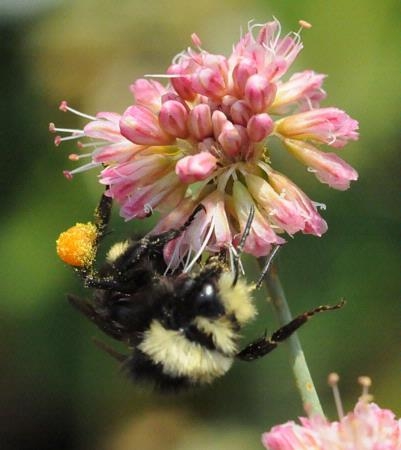Research by scientists in Illinois show that four U.S. bumblebee species are in steep decline, though they were unable to provide the reason, according to National Geographic News.
The study, published this month in the Proceedings of the National Academy of Sciences, was conducted by researchers at the University of Illinois; the decline of a fifth species - which is being monitored by UC Davis professor emeritus Robbin Thorp - is also mentioned in the NatGeo story.
The new research was based on an analysis of more than 73,000 museum collections of bumblebees and focused on 8 of the 50 known bumblebee species in North America.
The bee die-off seen in the study "look[s] very much like a pattern you'd find with a newly introduced disease," the article quoted Thorp. Thorp has been studying pollinators for decades and first noticed the decline of bumblebee species, B. franklini, in the late 1990s.
Thorp told NatGeo reporter Rachel Kaufman he will soon be working with Illinois entomologist Sydney Cameron to see if they can pick up the fingerprint of a fungus, Nosema bombii, which in the study was found to be in greater quantities on the dying bumblebees than on healthy species.
Attached Images:
